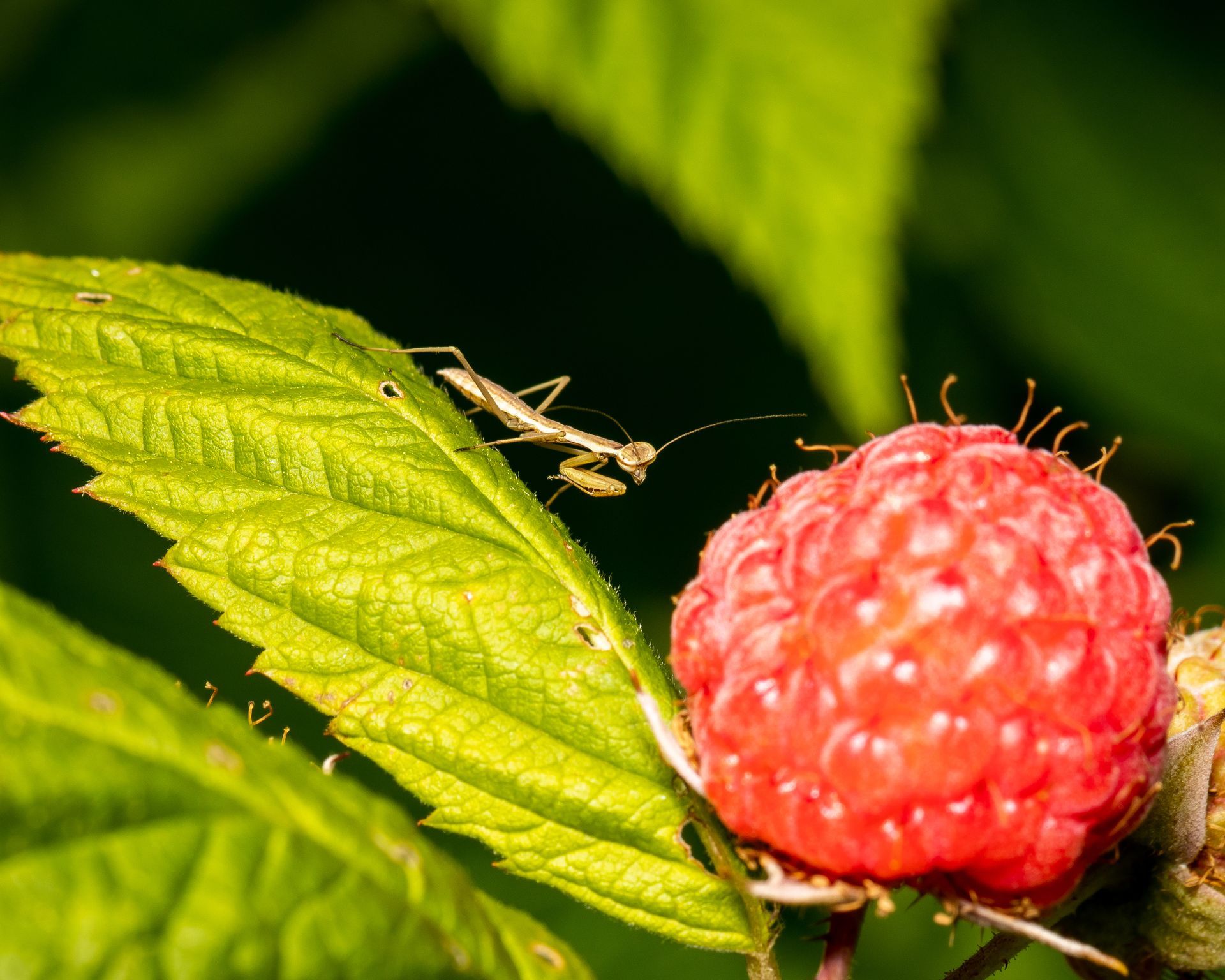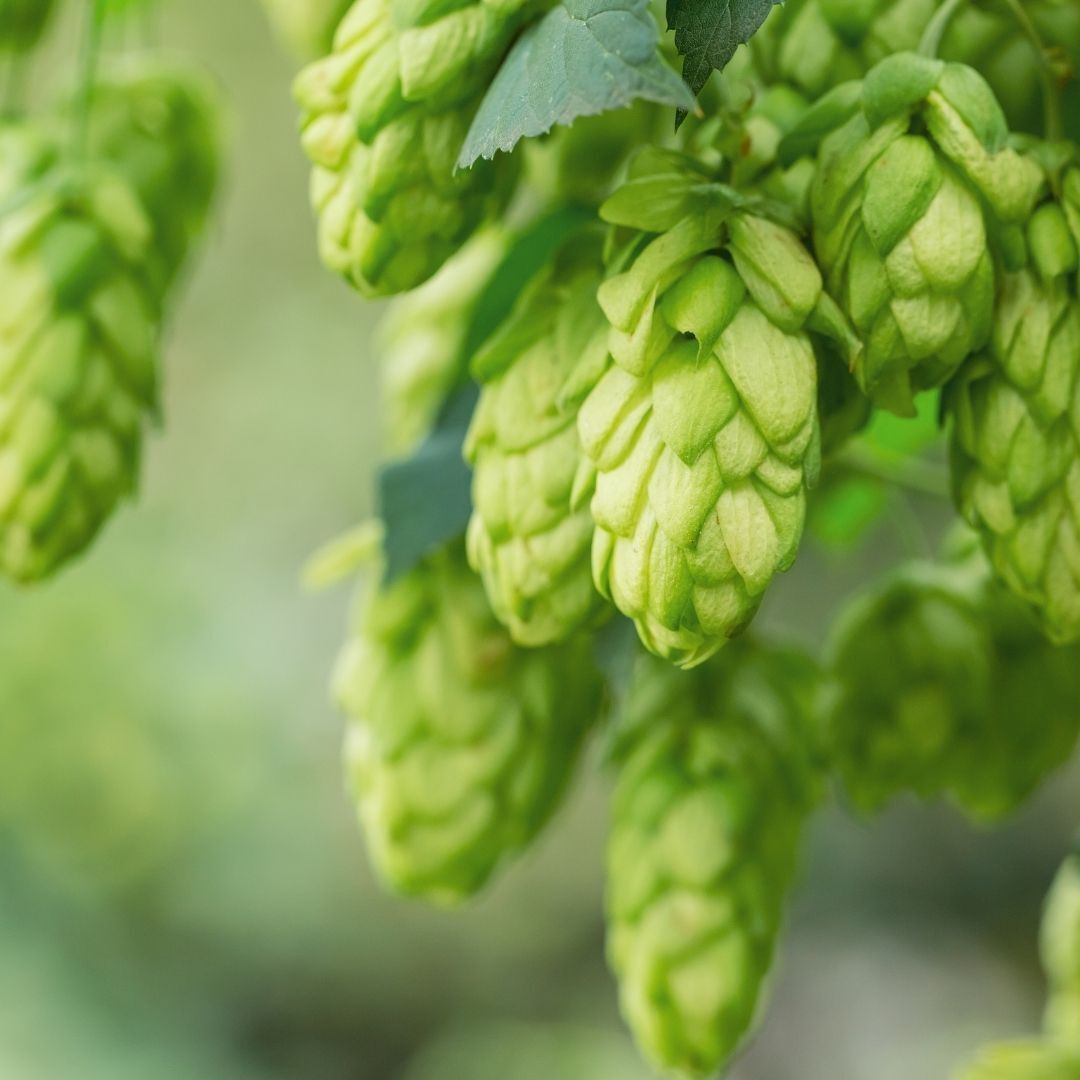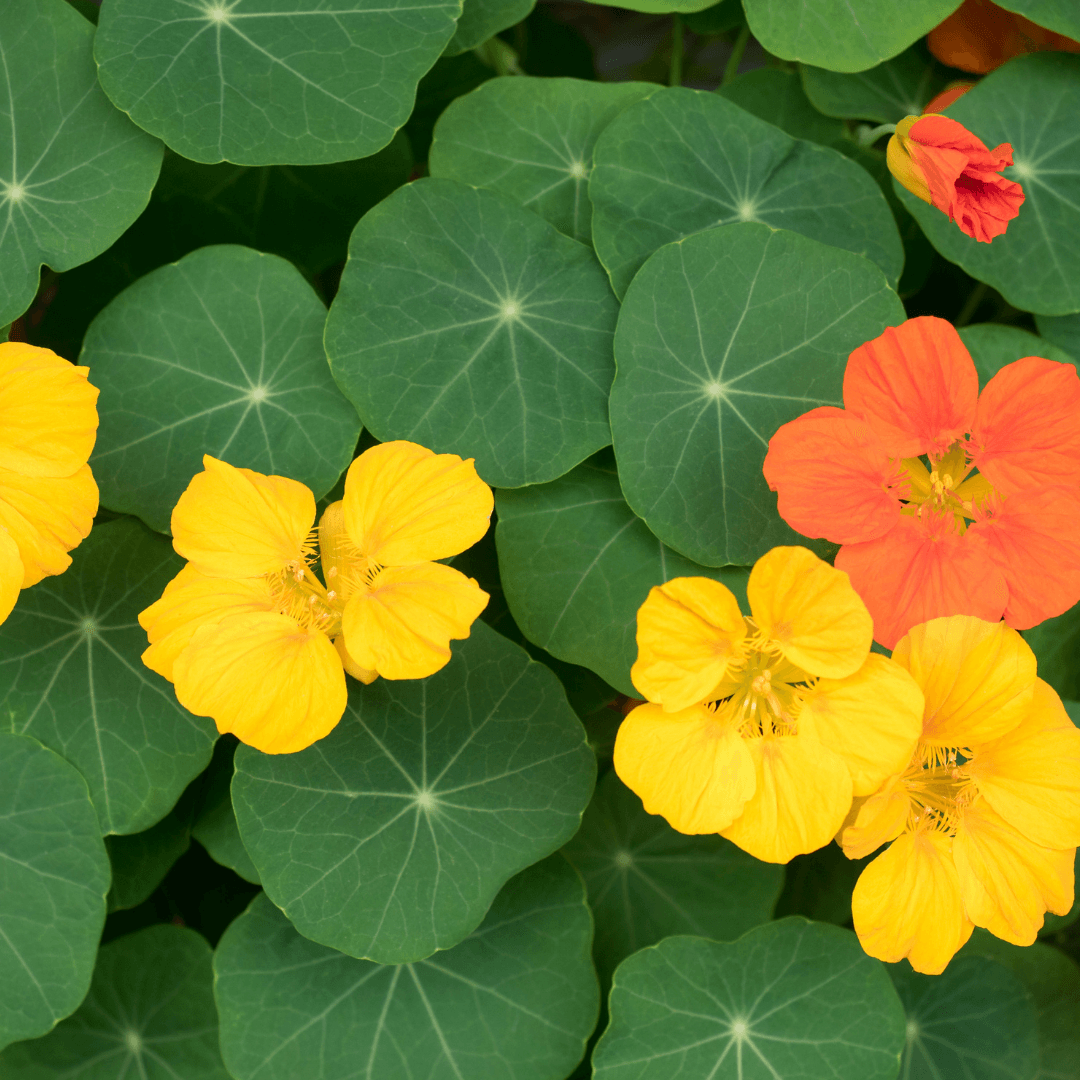Our Grains
On our sustainable and sufficiency journey.
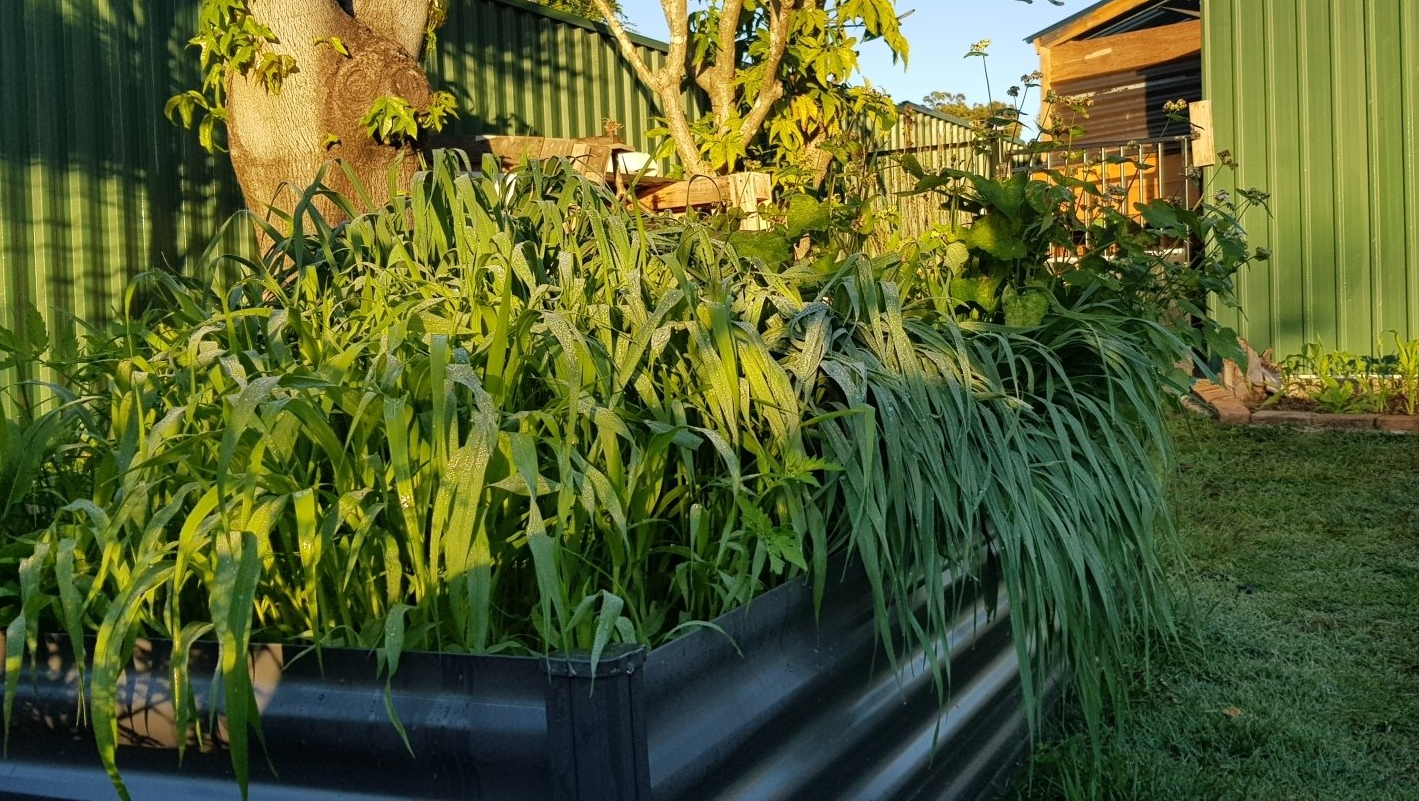
We are on our way to being more self sufficient, which means less dependency on the government and big supermarket chains. We have always strived to grow our own vegetables and now that we have some fruit trees in the ground as well, we are shifting our focus onto pantry items and shelf stable foods.
We have chosen these grains as a way to rotate our supply, feed our animals, look after our health and get back to eating traditional ancient foods.
Here are a few grains that we are focusing on:
KHORASAN EGYPTIAN GOLD - WHEAT
Triticum turgidum ssp. turanicum - A very large kernel, it's 2 - 3 times the size of modern wheat. An ancient grain thought to have originated in the fertile crescent.
Interest in khorasan and other ancient grains has been renewed as part of growing consumer awareness of natural and non-hybridized grains and cereals. Compared to modern wheat, khorasan contains 20-40% more protein and is higher in:
- Lipids
- Amino acids
- Dietary fiber
- Minerals
- Vitamins
- Carotenoids (especially lutein)2
Have you ever wondered why humans all of a sudden have intolerances that our ancestors never had?
Subtropical sow Autumn & Spring.
BUCKWHEAT
Fagopyrum esculentum - Despite its name, buckwheat is not related to wheat and is thus gluten-free. It grows during winter and is a great plant for feeding the bees during the time of year that there isn't much food for them. The flowers turn into a black seed that can then be grounded into powder/flour.
Buckwheat has become popular as a health food due to its high mineral and antioxidant content. Its benefits may include improved blood sugar control.
Buckwheat has plenty of carbs, protein and fibre, along with:
- Manganese. Found in high amounts in whole grains, manganese is essential for healthy metabolism, growth, development, and your body’s antioxidant defenses.
- Copper. Often lacking in the Western diet, copper is an essential trace element that may benefit heart health when eaten in small amounts.
- Magnesium. When present in sufficient amounts in your diet, this essential mineral may lower your risk of various chronic conditions, such as type 2 diabetes and heart disease.
- Iron. Deficiency in this important mineral leads to anemia, a condition characterized by reduced oxygen-carrying capacity of your blood.
- Phosphorus. This mineral plays an essential role in the growth and maintenance of body tissues.
Subtropical sow February - October.
SPELT
Triticum aestivum subsp. spelta - Thought to have originated in Persia and spread to Europe about 5000 years ago. Pleasant nutty flavour, low in gluten and low G.I. High in sulphur, potassium, B3, B6 and beta-Carotene.
Spelt was an important staple food in parts of Europe from the Bronze Age to medieval times.
Here’s the nutrient breakdown for 1 cup (194 grams) of cooked spelt:
- Calories: 246
- Protein: 10.7 grams
- Fat: 1.7 grams
- Carbs: 51 grams
- Fiber: 7.5 grams
- Manganese: 92% of the Daily Value (DV)
- Phosphorous: 23% of the DV
- Niacin: 31% of the DV
- Magnesium: 23% of the DV
- Zinc: 22% of the DV
- Iron: 18% of the DV
Additionally, spelt contains copper, selenium, and vitamins B1(thiamin). Though it is nutritionally similar to wheat, comparisons have shown it to be slightly higher in zinc and protein. Additionally, in comparison to wheat, spelt it has a higher antioxidant capacity— the ability to remove free radicals.
Subtropical sow in Autumn.
MILLET - WHITE FRENCH
Panicum milliaceum - A vigorous, high yielding, nutritious, non-acid grain that is great as a porridge. This plant is fast growing with a low water requirement and can be used as a soil conditioner for a wide range of soils. We broadcast this between Spring and Summer.
Millet is highly nutritious, it is tasty, with a mildly sweet, nut-like flavour and contains a myriad of beneficial nutrients.
- It contains especially high levels of organic silica compounds
- It's a 'heart-healthy' with a high dose of magnesium
- Reduces risk of colon cancer
- Helps control diabetes
- Can help relieve menstrual cramps
- Alkalising
- Can help with migraines
- Higher in protein than most grains
We also feed this to our chickens, it is a great option for livestock.
Subtropical sow in Spring - Autumn.
BARLEY
Hordeum vulgare, a member of the grass family, is a major cereal grain grown in temperate climates globally. It was one of the first cultivated grains, archaeological evidence suggests that barley was grown in Egypt over 10,000 years ago.
In a large study in over 360,000 people, those with the highest consumption of whole grains, such as barley, had a 17% lower risk of death from all causes, including cancer and diabetes, compared to those with the lowest whole-grain intake (3).
Barley is a whole grain that is packed with nutrients and it doubles in size when it cooked. It contains:
- Carbs
- Fibre
- Protein
- Fat
- Thiamine
- Riboflavin
- Niacin
- Vitamin B6
- Folate
- Iron
- Magnesium
- Phosphorus
- Potassium
- Zinc
- Copper
- Manganese
- Selenium
It is said to control blood sugar, aid digestion, improve weight management and lower cholesterol.
Subtropical sow in Autumn - Spring.
Our Hopes
We hope this blog inspires you to look into expanding your list of what you grow and how you feed your family. Look into what can grow in your area and go from there.


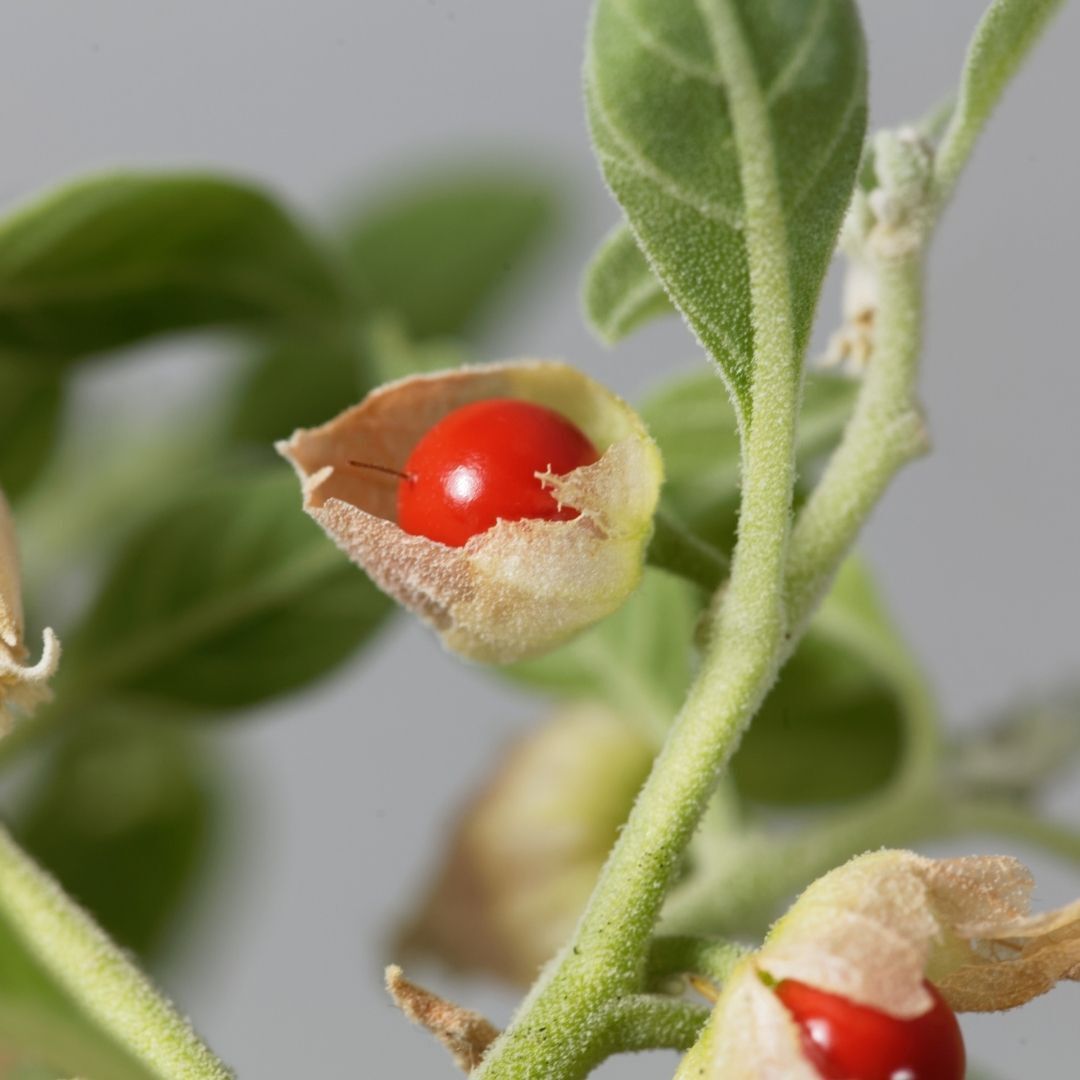
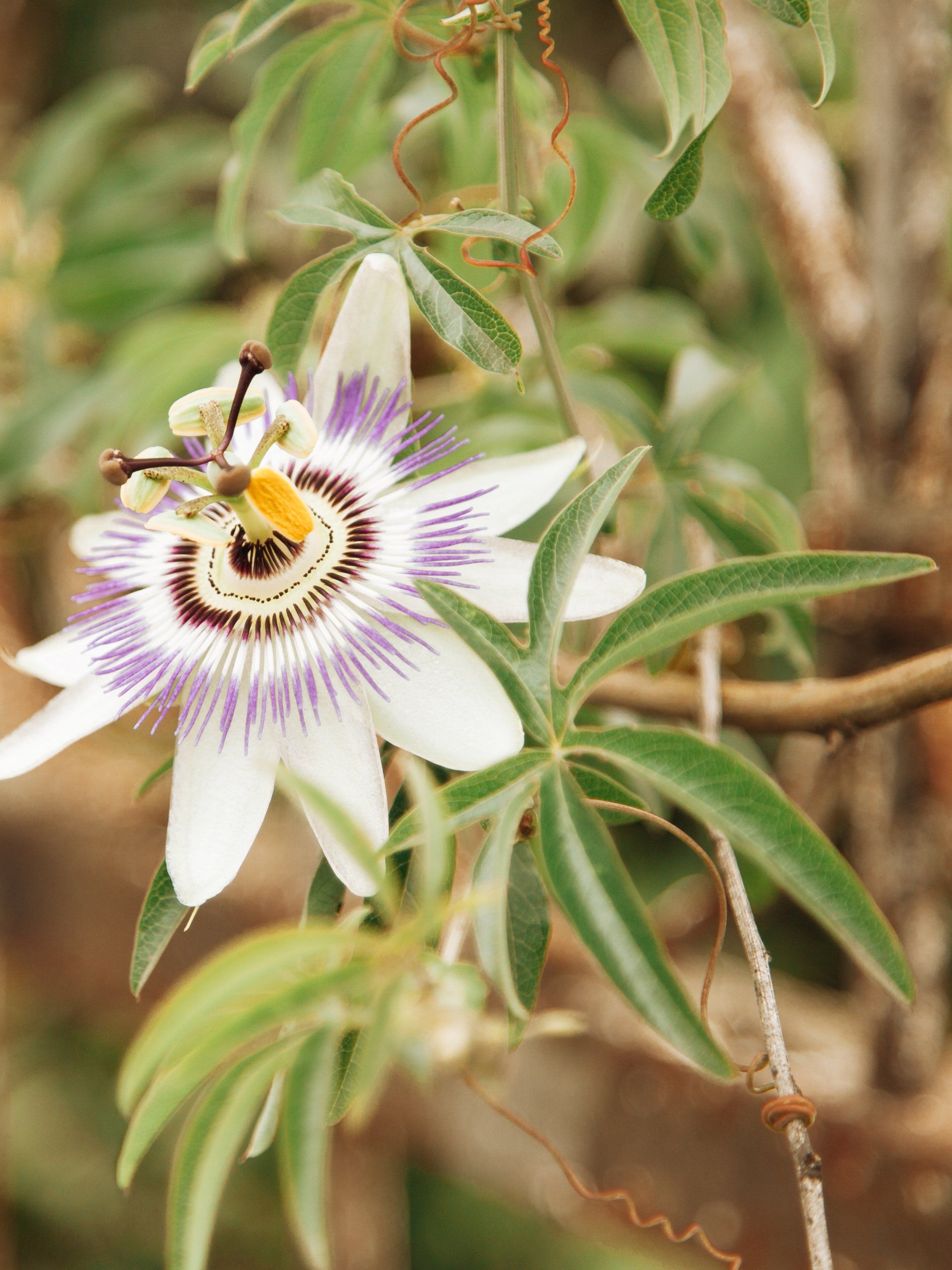
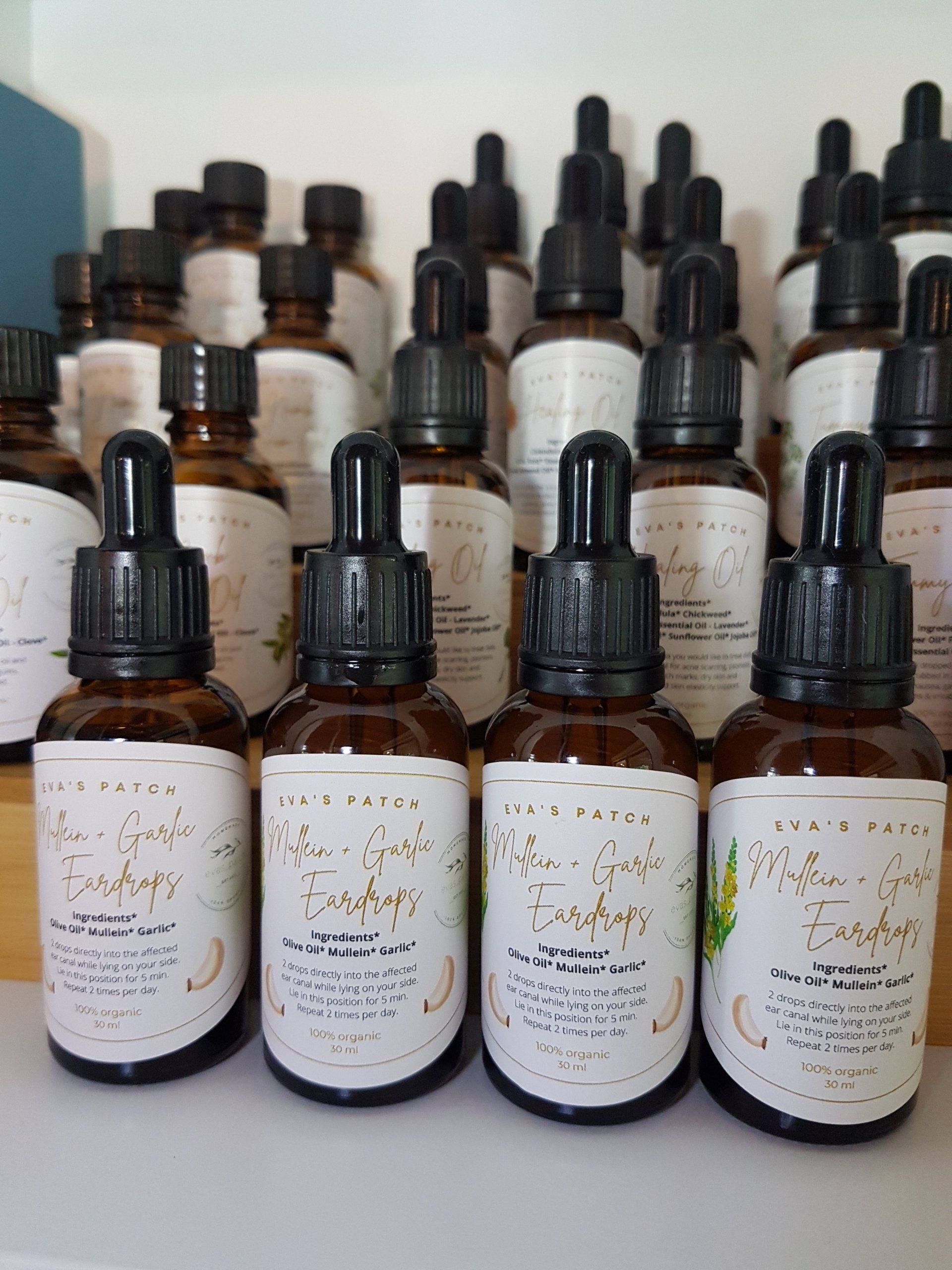
Categories
Contact info
evaspatch@gmail.com
Warwick, Australia
Eva's Patch © All Rights Reserved.

